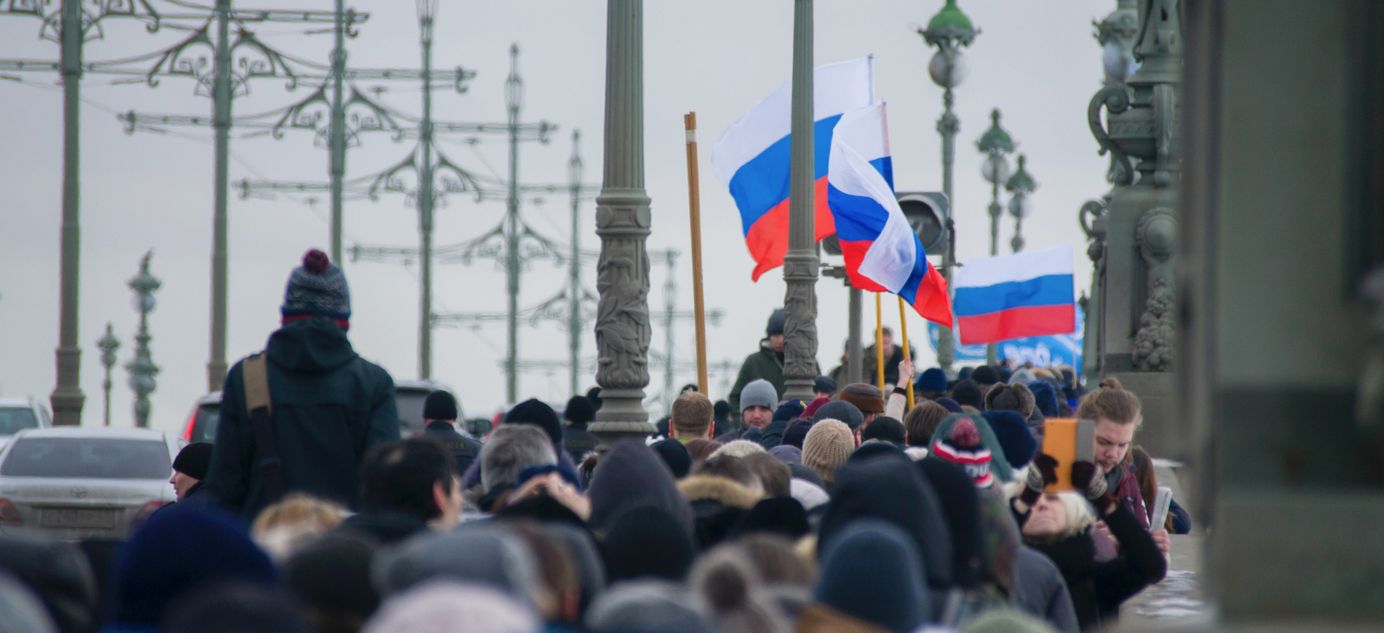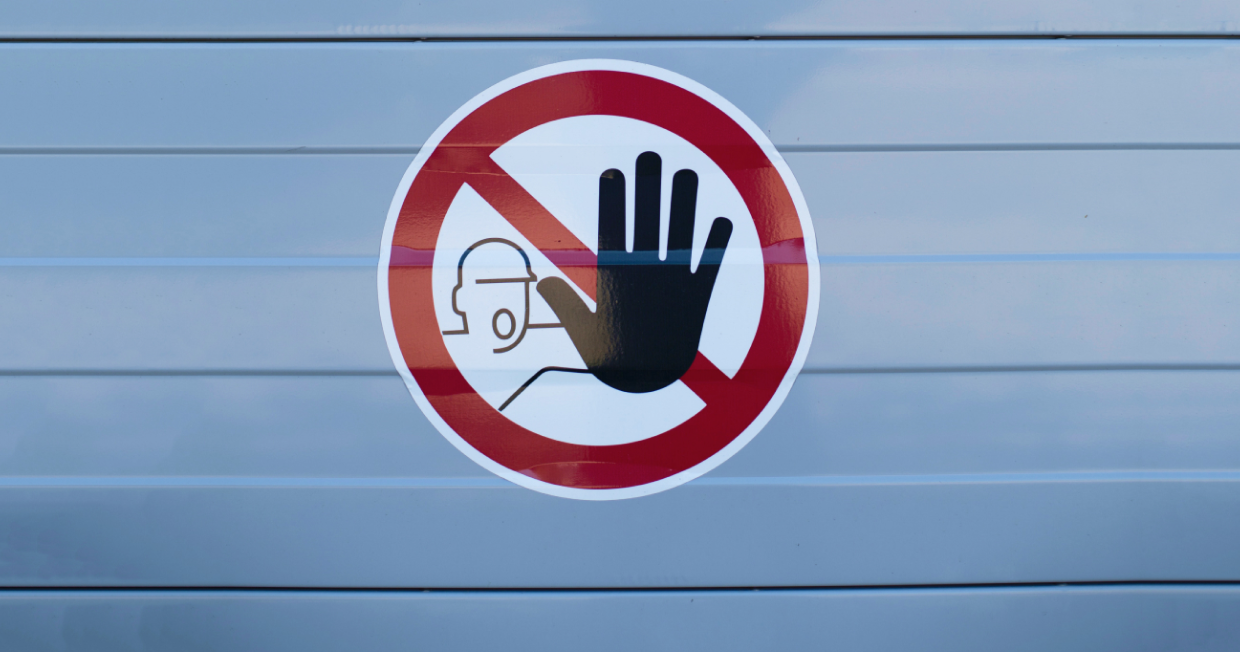
Kherson retreat
Hello! This week we devote the whole of our newsletter to the Russian army’s latest defeat in Ukraine: the evacuation of the right bank of the Dnipro River and the abandonment of the city of Kherson, the only regional capital captured by Russia in eight months of war. The retreat was a logical tactical step — but it’s a painful political and military reverse. In the West, Russia’s failures have helped foster a growing sense that now is the time for peace talks between the warring parties. However, neither Kyiv nor Moscow are likely to agree.
What happened
Russia’s pro-war bloggers seem united in the conviction that Kherson’s fate was sealed back in March when Russia failed to capture neighboring Mykolaiv. We can state with more certainty that the outcome was decided in the summer when Ukraine received its first U.S.-manufactured HIMARS missile systems and began using them to make it impossible for Russia to supply the city via pontoon bridges and ferries.
A decisive Ukrainian campaign to take back Kherson was expected all summer. Instead, Ukraine’s forces struck in the Kharkiv Region in September. Russian troops were forced into a hurried retreat from Balakliya and Izyum, abandoning hardware and leaving behind local collaborators. This sparked fierce criticism of Russia’s military leadership from so-called “patriots.” After the retreat from Kharkiv, the New York Times reported that some Kremlin advisers were recommending a tactical withdrawal from Kherson. However, at least according to the NYT, President Vladimir Putin forbade any such retreat.
However, that turned out to be misleading. We do not know whether Putin had already taken the decision to retreat from Kherson at that time. However, by Oct. 8, just four days after the Russian parliament approved annexation laws for four Ukrainian regions, including Kherson, Sergei Surovikin was made commander of Russia’s forces in Ukraine. There is little doubt that Surovikin, who had previously led the military group defending Kherson, put forward a proposal to leave the city. Five days later, on Oct. 13, Kherson’s pro-Russian administration made its first announcements about evacuating civilians. Then, on Oct. 18, Surovikin gave an interview in which he spoke of “difficult decisions.”
Thus, it seems that Russian commanders had at least a month to prepare to evacuate the right bank of the Dnipro. At present, it is hard to assess how effectively they achieved this. On Friday, the Defense Ministry announced the withdrawal of all Russian forces — 30,000 servicemen and 5,000 pieces of equipment — had been completed by 5 a.m. that morning. “Not one weapon or piece of military equipment was left,” the ministry said.
Clearly, this bold statement was not true. On Friday evening, a video emerged of a captured Russian Mi-8 helicopter — the aircraft had been left at an airfield near Kherson. Pro-war Telegram channels also reported that damaged tanks had not been removed, as the Defense Ministry claimed, but destroyed. So far, though, we have seen nothing remotely similar to the photographs of lines of abandoned military equipment that circulated following the Russian retreat from Balakliya and Izyum.
What happens next?
Over the weekend, Ukrainian troops steadily reassumed control of the territories abandoned by Russian forces on the right bank of the Dnipro. And Ukrainian President Volodymyr Zelenskyy made a surprise visit to Kherson on Monday, taking part in the ceremonial raising of the Ukrainian flag over the city and speaking to soldiers and local civilians.
If it’s true that Russia managed to get its troops out without significant losses, the Russian commanders seem to have made a sensible decision to preserve personnel and equipment. However, it seems that Kherson is lost to Russia forever.
Russian troops only managed to take the city in March thanks to the element of surprise, coupled with the unexplained failure of Ukraine’s forces in the south of the country to blow strategically important bridges. This will not happen again. On their retreat, Russian troops destroyed all three remaining crossings over the Dnipro – the road and rail Antonivskyi bridges and sections of the bridge alongside the Kakhovka dam. A new assault on Kherson is now only possible by forcing the Dnipro — or by taking the whole of the neighboring Zaporizhzhia region and approaching from the north. “The chance will only come again if our [forces] first capture Kyiv, Cherkassy and Dnepropetrovsk,” wrote Russian war correspondent Ilya Kramnik.
Politics notwithstanding, Ukraine makes obvious gains from liberating the right bank of the Dnipro. First, the Ukrainian military can release a significant chunk of its southern forces for use in other regions, most obviously Zaporizhzhia. If Ukraine can organize a successful push towards Melitopol, the “land corridor” between the Russian mainland and Crimea would be broken. However, there are other sections of the front in need of reinforcement as well. In the Luhansk Region, after its success in September, the Ukrainian army has failed to break through the Svatove-Kreminina line. Meanwhile, in Donetsk, Wagner Group has been storming Bakhmut for four months and Russian troops are making slow but discernible progress as they try to take the fortified areas around Avdiivka, near Donetsk. However, as winter approaches, conditions are likely to get much more difficult for both sides.
Second, regaining the right bank of the Dnipro increases Ukraine’s ability to attack Russian-controlled territory with long-range artillery, especially HIMARS. Although the danger for Russian-annexed Crimea is minimal. While the range of HIMARS is about 70 kilometers and this is roughly the distance to Moscow-annexed Crimea from recaptured Kherson region, it’s highly unlikely Ukraine would deploy these valuable weapons a kilometer from Russian positions.
Having left Kherson, the Russian army now has an easier task of defending from the left bank. It has the river itself for protection, and the total area to be defended is much smaller. But that is the limit of any military benefit. With the liberation of Kherson’s right bank, Russia has now lost almost half the territory it occupied since the start of the invasion.
It seems likely Russia’s new plan is to defend the remaining occupied territories as best it can. In short, the Kremlin appears to be relying on newly mobilized troops and hoping that damage to Ukraine’s infrastructure, an energy crisis in Europe and a global recession will force the West, and Ukraine, to the negotiating table.
Since the beginning of the preparations to abandon Kherson, Putin seems to have shown a capacity to take rational decisions. He has taken a step back, wound down his nuclear threats and greenlighted Russia’s humiliating return to the Black Sea grain deal. Now, Russia has given up Kherson without a fight — potentially a weighty argument in behind-the-scenes talks with the West. Finally, Washington and Moscow agreed to talks that could see a resumption of inspections at Russian nuclear facilities suspended in 2020.
The next key date is Nov. 19, when the grain deal is up for renewal. Here, silence is enough from Putin. If Russia does not explicitly withdraw, the deal will automatically continue.
What are the chances of negotiations?
Clearly, the West is not about to give up on its support for Ukraine and force Zelensky to the negotiating table. However, in the last couple of weeks there have been suggestions that Western officials no longer feel ceasefire talks are impossible.
- During a Nov. 4 visit to Kyiv, President Joe Biden’s National Security Advisor Jake Sullivan urged Zelensky to give at least a formal indication that Ukraine has not completely rejected peace talks. The Washington Post reported that this would help Kyiv retain support among some U.S. allies. But sources also told the NYT that Sullivan was misunderstood, and merely meant Zelensky needed to start considering what terms Ukraine would see as fair when the time for peace talks arrives.
- On Nov. 7, the Wall Street Journal reported that Sullivan remains in contact with members of Putin’s inner circle, including Security Council head Nikolai Patrushev. In itself, that does not mean a great deal. It would be highly irresponsible for two nuclear powers to completely sever connections in a major crisis.
- On the same day, Italy’s la Repubblica reported that U.S. and NATO representatives, in discussions with EU and Ukrainian representatives, suggested that, after Russia’s retreat from Kherson, Kyiv could start talks from a “position of strength.”
- And it emerged Monday that U.S. Central Intelligence Agency Director William Burns was in Turkey to speak to Russia’s foreign spy chief Sergei Naryshkin — a rare face-to-face meeting between top U.S. and Russian officials. A White House official quoted by Reuters said Burns would deliver a message about the possible use of nuclear weapons in Ukraine and would not discuss a peace settlement.
- However, the most frank statements came on Nov. 10, the day before the Kherson retreat was completed. Mark Milley, chairman of the U.S. Joint Chiefs of Staff. gave an interview to CNBC in which he said that Ukraine’s military successes opened up the possibility of diplomatic progress. “Seize this moment,” Milley said. According to NYT sources, Milley is even more blunt in private meetings: he believes Ukraine has achieved its best possible battlefield outcome before the winter.
However, Milley’s position may be an outlier. NYT sources claim that all other senior officials in Washington feel that neither side is ready for talks and any truce would merely allow Putin time to regroup. The White House is also concerned that it should not appear to pressure Ukraine at a time when Kyiv holds the initiative. On the same day as Milley’s comments, the Pentagon confirmed a new $400 million package of military aid for Ukraine.
However, even if the White House came to the conclusion it was time for Ukraine to enter talks, it might not be straightforward. Right now, talks with Russia – especially any willingness to recognize even de facto Russian control of Ukrainian territory – would be political suicide for Zelensky. A poll conducted in late October after Russia’s missile strikes on Ukraine’s energy grid found that 86% of Ukrainians supported armed resistance and only 10% were interested in peace talks.
Why the world should care
We are not even close to being able to talk about Russia’s willingness to accept Ukraine’s publicly-stated conditions for peace, which include a retreat to pre-Feb. 24 borders. But many feared that Kherson could suffer the fate of port city Mariupol that was all-but leveled at the beginning of the war. The fact that Kherson escaped that total destruction, and that Russia retreated without a fight, may bring the prospect of peace a little closer.



